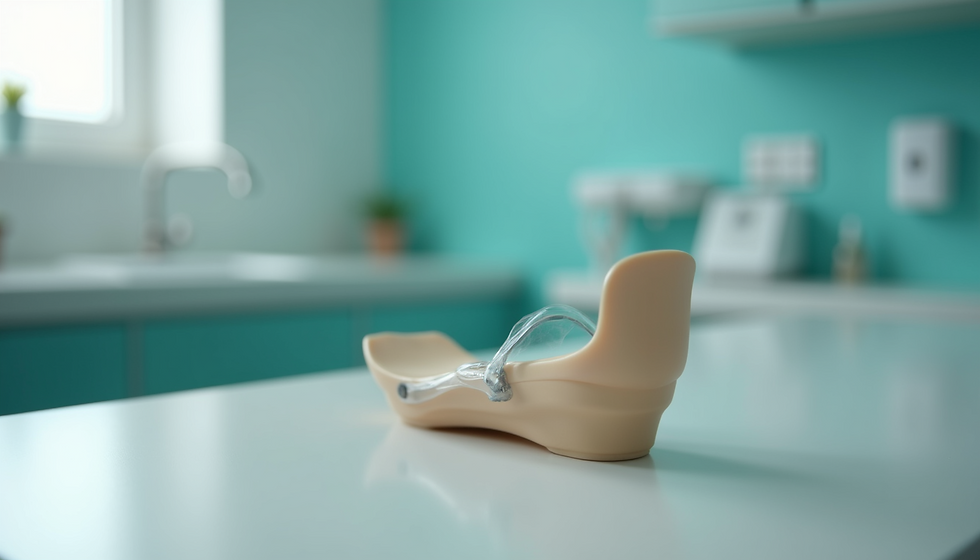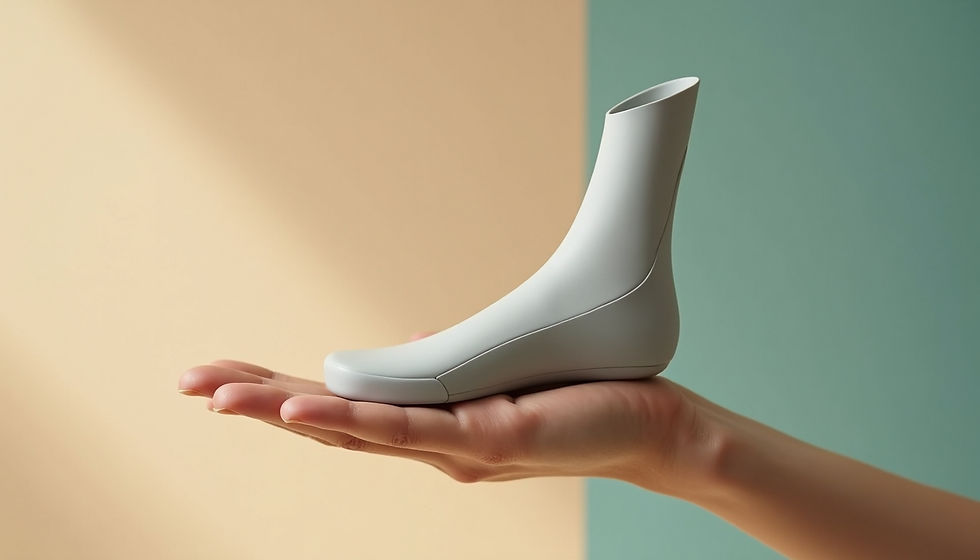Assessment Methods for Orthotic Effectiveness
- Apr 28
- 2 min read
Orthotic devices are designed to provide support and correction for various musculoskeletal issues, helping individuals improve their mobility and overall quality of life. However, assessing the effectiveness of orthotics is crucial to ensure that they are providing the intended benefits. Healthcare professionals use a variety of assessment methods to determine the impact of orthotic intervention on a patient's condition.

One common assessment method used to evaluate the effectiveness of orthotics is gait analysis. This involves analyzing how a person walks or runs while wearing the orthotic device. By examining factors such as foot positioning, stride length, and joint motion, healthcare providers can assess whether the orthotic is helping to improve biomechanical alignment and reduce any gait abnormalities. Another important assessment method is patient feedback. It is essential for individuals using orthotics to communicate their experience wearing the devices. This feedback allows healthcare providers to make any necessary adjustments to the orthotic design or fit to ensure optimal comfort and effectiveness. Patient-reported outcomes, such as pain levels, activity limitations, and overall satisfaction, play a significant role in assessing the success of orthotic treatment. In addition to gait analysis and patient feedback, objective measurements such as pressure mapping and motion analysis can provide valuable data on how the orthotic is impacting biomechanical function. Pressure mapping technology can help identify areas of high pressure under the feet, allowing for adjustments to the orthotic design to redistribute pressure more evenly. Motion analysis systems track joint movements during various activities, providing insights into how the orthotic is influencing motion patterns and alignment. Overall, a comprehensive assessment approach that combines subjective feedback from patients with objective data from biomechanical analyses is essential for evaluating the effectiveness of orthotic devices. By utilizing a range of assessment methods, healthcare professionals can tailor orthotic interventions to meet the individual needs of each patient, ultimately leading to improved outcomes and enhanced quality of life.


Comments